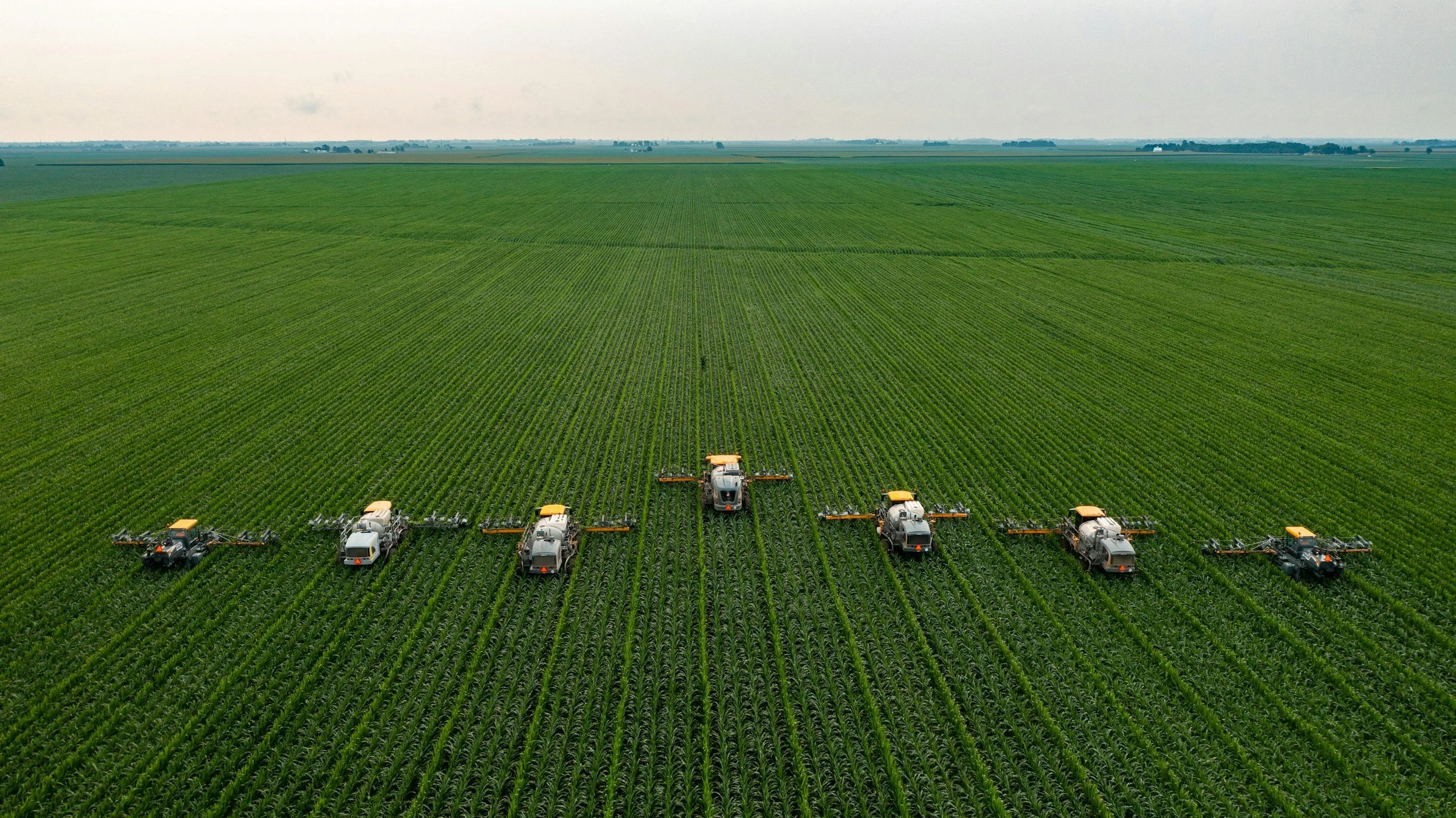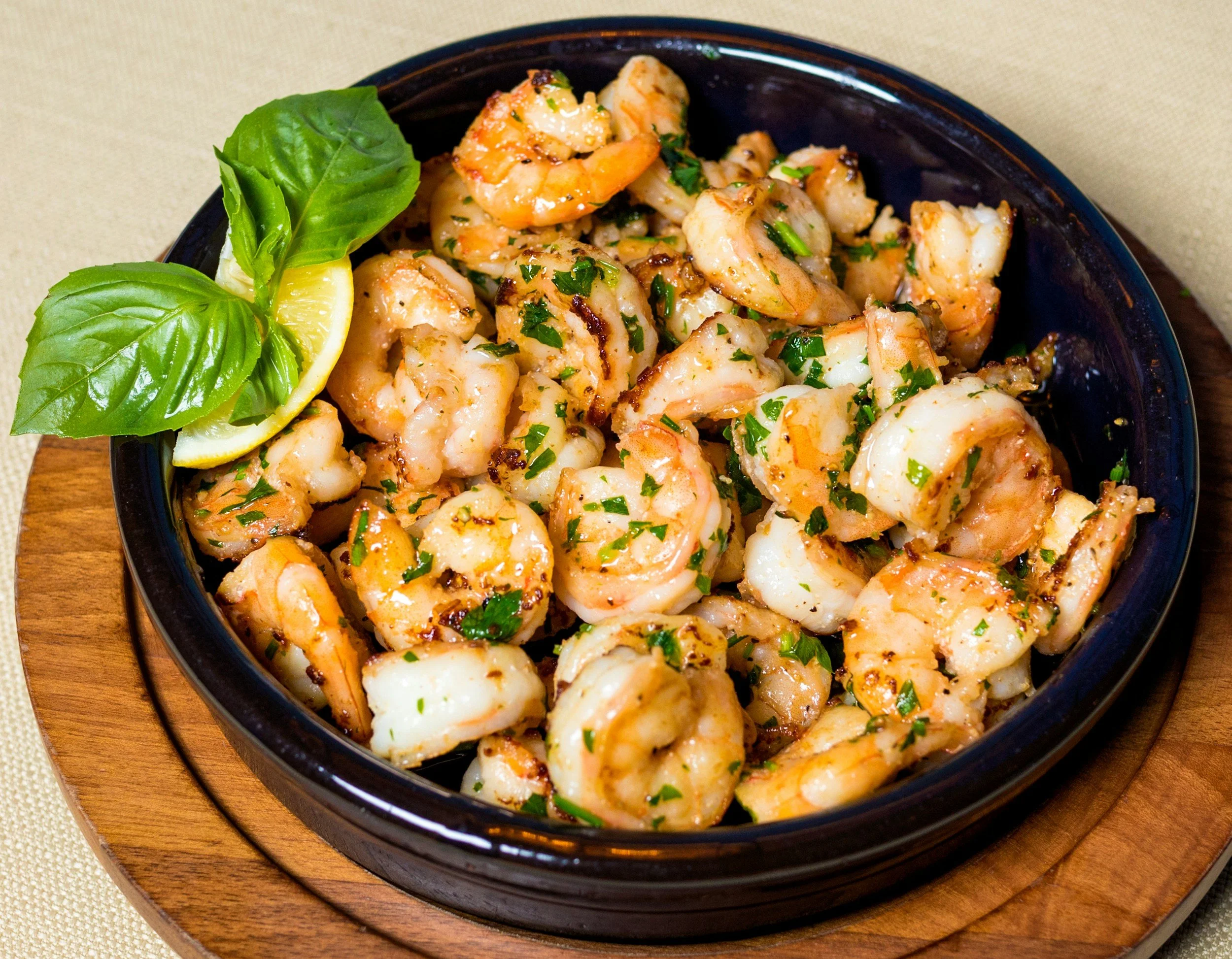Cold prevention and treatment without the harmful chemicals
/It’s official: summer is over and fall is underway! Kids are back in school and (hopefully) settled into their daily routines. If your family is anything like mine, you’ve already had to deal with the fallout from cold and flu season. Without fail, each time the season changes, the sniffles begin and (if we’re not careful), someone comes down with a cold or flu.
It’s not the temperature changes that cause colds and flu; it’s that certain viruses thrive in the cooler temperatures. Rhinovirus and coronavirus are the most common culprits that cause illness this time of year.
If you have realized that the fall season ushers in the first bouts of cold and flu in your household, there is something you can do to prevent illness from getting your kids (and you too!) off track this season.
Read More













































